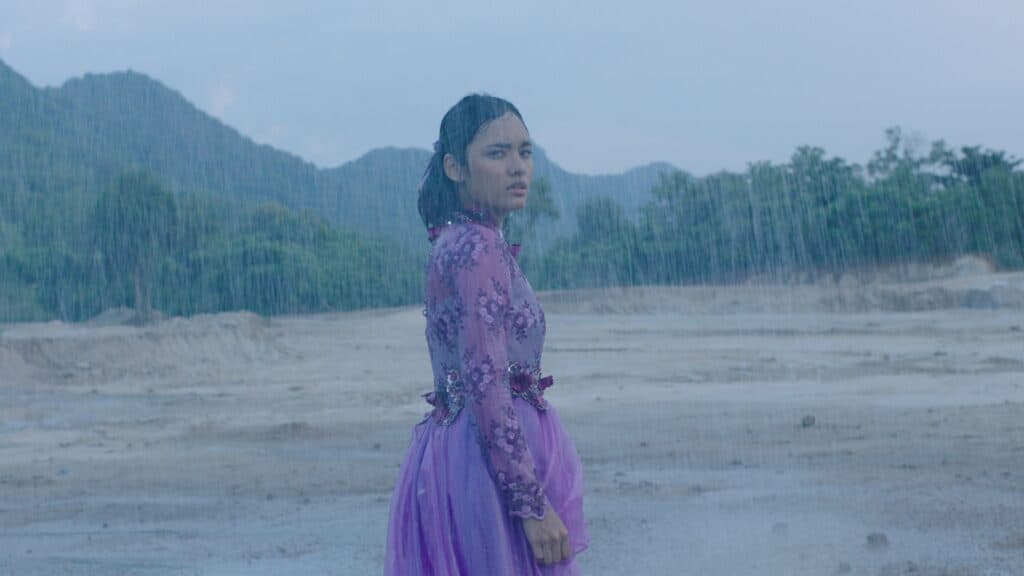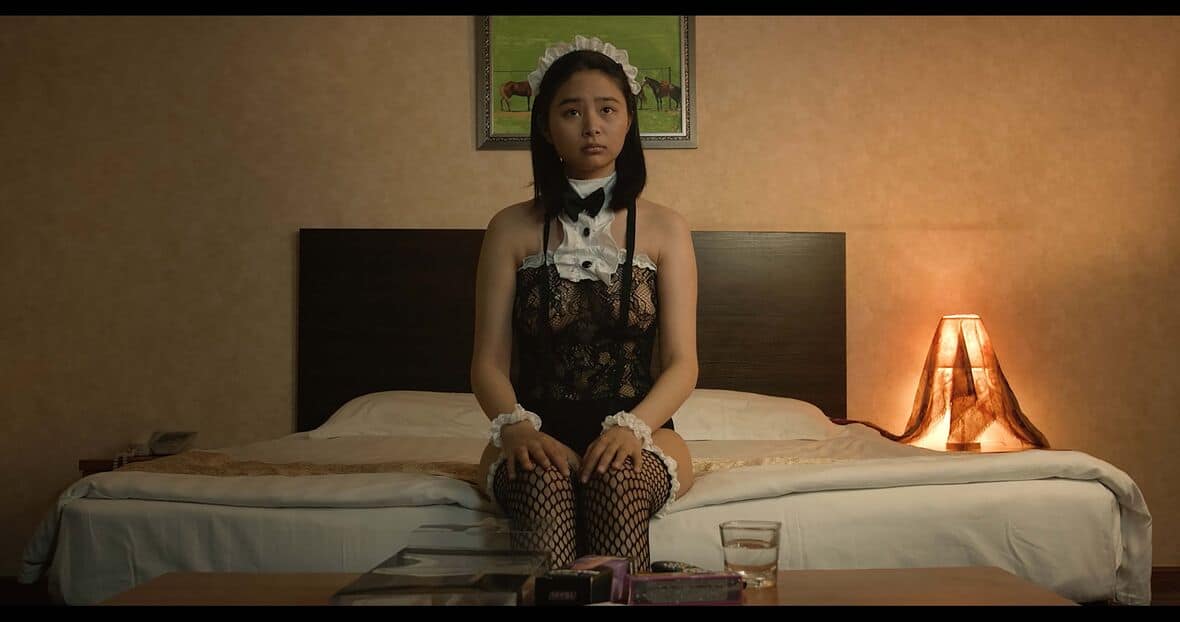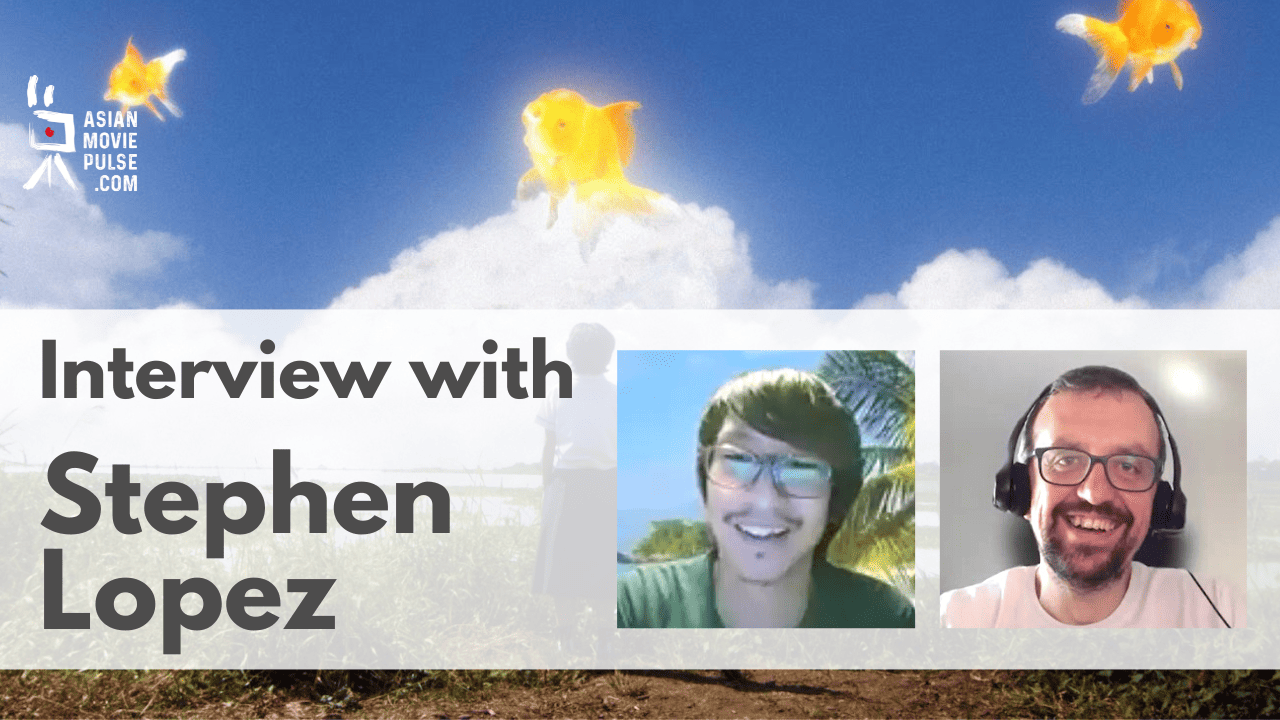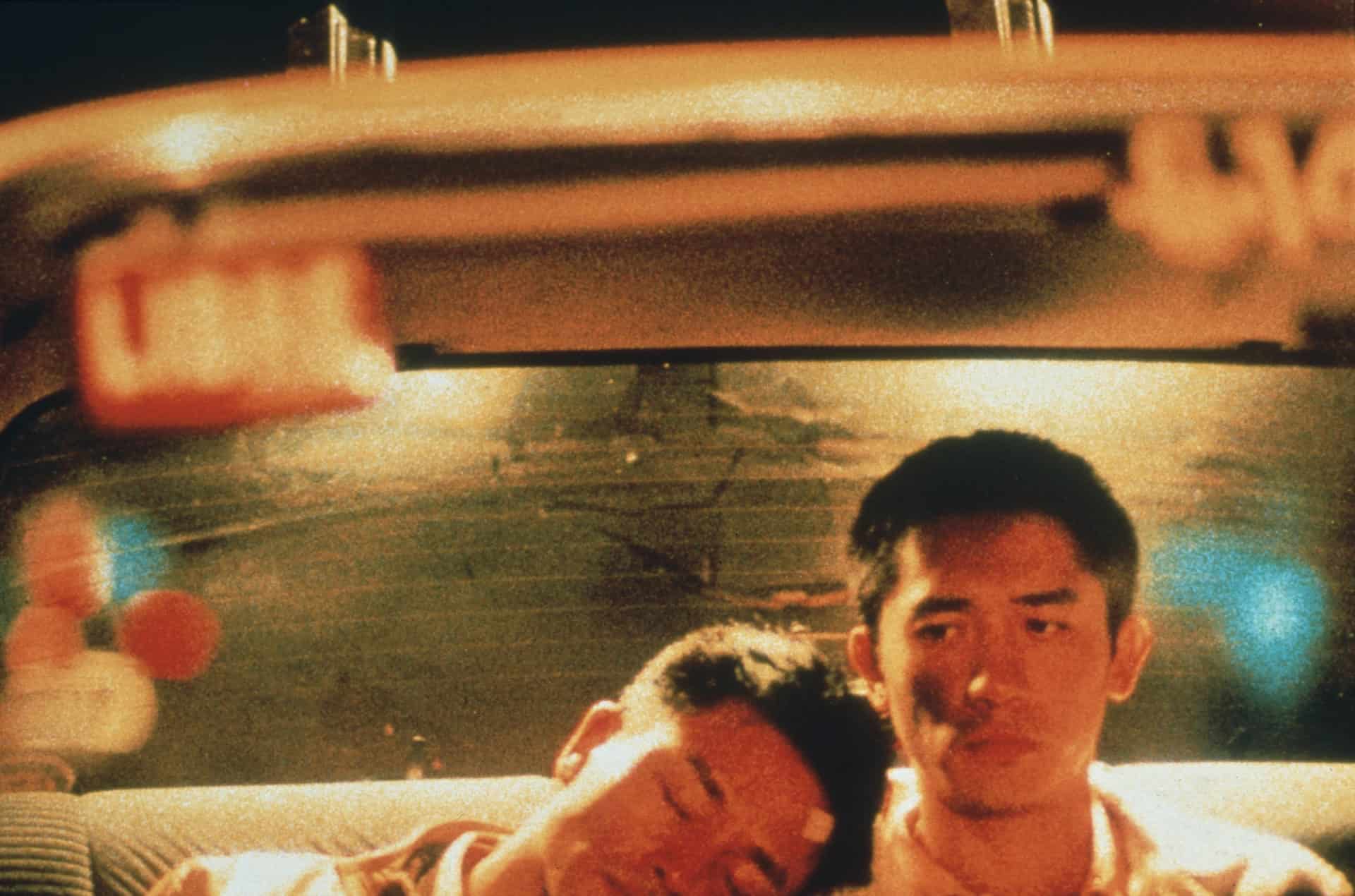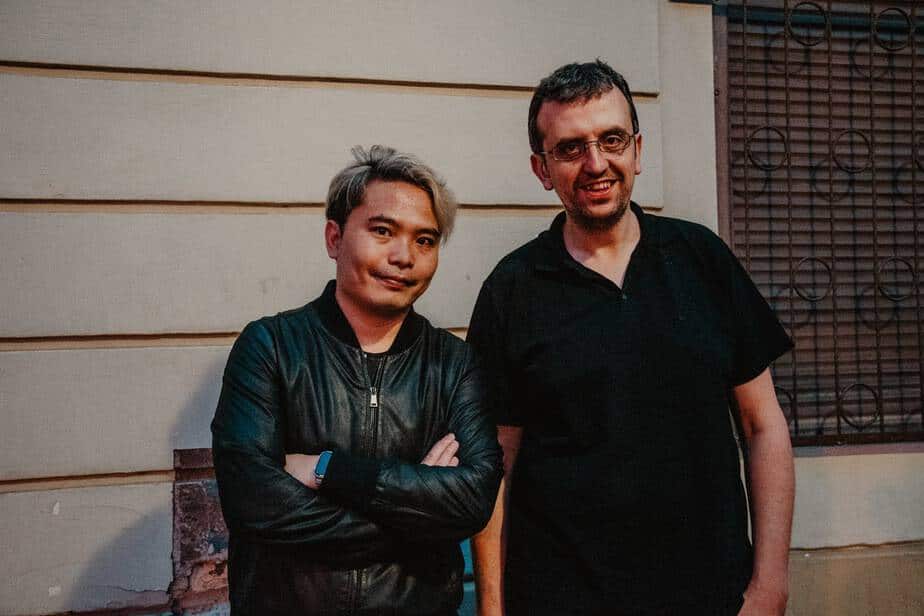When looking for Japanese documentaries, most of those that pop up concern historical moments, such as wars, political events or significant figures that defined the country. But there are also Japanese documentaries that stand out for astoundingly portraying the inspiring lives of unknown or average people, either with realism or a touch of heart-warming sentiment in their depiction. Here are five documentaries about people who are either unknown to the Western mainstream eye or whose daily lives do not appear, at first sight, as extraordinary. All five follow their protagonists through the years or their daily life, witnessing their thoughts, growth or even dreams.
1. Pyuupiru 2001-2008 (Daishi Matsunaga, 2009)
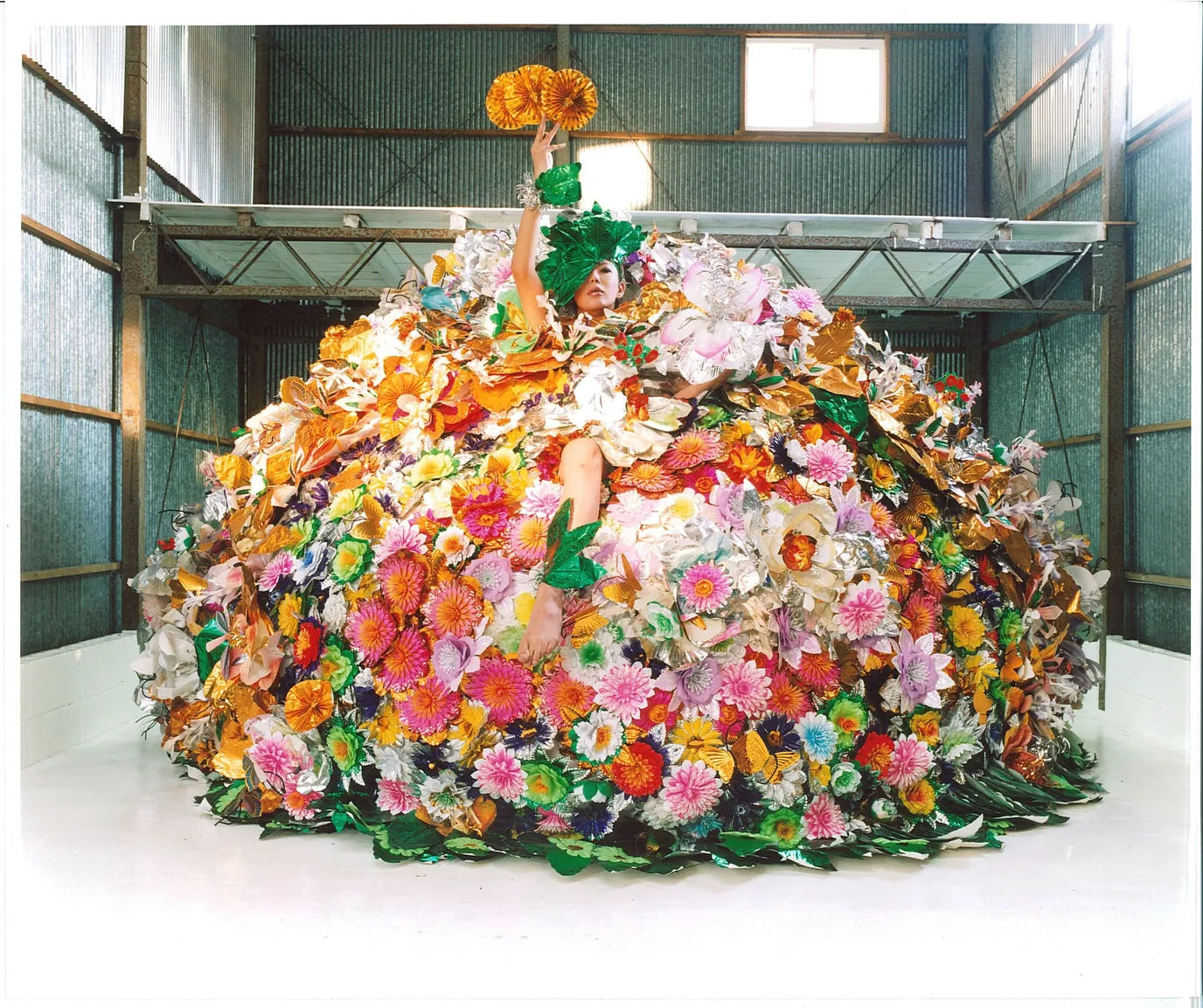
Contemporary Japanese artist Pyuupiru has been receiving widespread appreciation for her creations for a long time. Director Daishi Matsunaga, an old friend of hers, has been filming her for eight years, collecting the life experiences ever since Pyuupiru began frequenting clubs while dressed in bizarre homemade costumes.
Before starting to perform in the Yokohama Triennale in 2005, Pyuupiru underwent many heartbreaks and medical procedures due to personal problems with her own gender identity. Although Pyuupiru was born a man, she gradually came to realize that she did not feel comfortable in her body, resulting in a sex change. By donning those bizarre outfits, she attempted to get rid of those negative emotions concerning her sexual identity. People began to recognize Pyuupiru as a living work of art, and as a result, she began to produce and become herself art. This movie explores the ups and downs of her body, mind, and creations. Tapes also show her relationship with family, friends, and boyfriend, who have always looked Pyuupiru with warmth while having mixed feelings about the truth.
Matsunaga's film is an intimate work that combines storytelling from family and friends and the artist's point of view. At the same time, it offers a unique depiction and testimony of queer art in contemporary Japan. The director does not shy away from facing personal work and societal views while showing the reactions and emotions of everyone involved. Although the personality of Pyuupiru grew over the years, the content used in the making of the film shows not only her side but also the growth of members of the LGBT community through daily life struggles, experiences, emotions and intimate anecdotes from their closest people. In this sense, Matsunaga's documentary truthfully portrays a certain Japanese demographic that ought not to remain hidden from the mainstream eye.
2. What Can You Do About It? (Yoshifumi Tsubota, 2019)

After being diagnosed with ADHD, Yoshifumi Tsubota regularly visits his autistic uncle, who lives alone, to learn more about him. Tsubota starts to film his uncle as he sees him over the years because he is attracted to his eccentric nature. According to the director, understanding his uncle is an act of understanding oneself as he, like many other people, also has what they call a “developmental handicap”. Through close and personal footage, this lovely documentary explores current societal challenges related to ageing and social care for those in similar situations.
The technical aspect of Yoshifumi Tsubota's project is quite peculiar. Filmed mainly with a phone, the director closely follows his uncle, creating the feeling of watching a YouTube vlog. This singular technique gives a sense of realism and closeness to the protagonists, making the conversations and situations intimate for the spectator. Following his daily life, the documentary does not only provide a realistic depiction of the autistic elderly in a small Japanese town, but also the treatment received from family members and the government, as what it feels like to attend a specialized institute and many other aspects.
Lastly, through “What Can You Do About It?” the director and the spectators confront themselves with the emotions and experiences of a neurodivergent person, especially at a certain age, like loneliness, misunderstandings and being truthful to oneself. It sure is a learning experience for the viewers.
3. A Little Girl's Dream (Yoshiaki Tokita, 2014)
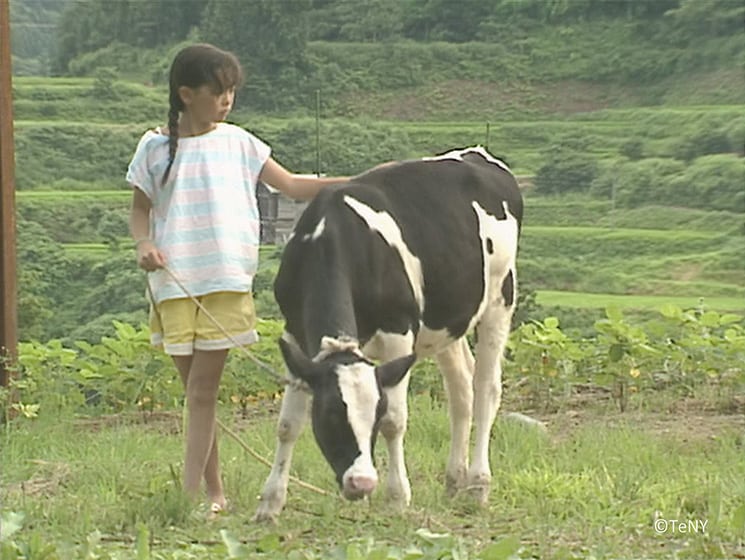
In 1987, three calves were accepted as new “students” at a local elementary school in Niigata Prefecture, and they even received a graduation ceremony. Needless to say that the event made headlines on television. During their years of “attendance”, the pupils cared for the animals, including young Tomomi determined to one day become a veterinarian. The young girl's wish came true 26 years later, and this heartwarming documentary by Yoshiaki Tokita follows her journey from her younger years.
The shots closely resemble those of an old NHK TV feature, transforming the film into a calm and familiar experience. At the same time, the documentary manages to create a detached feeling whose core expresses the theme of sacrifice. Tomomi comes from an average family of farmers, not really surrounded by money and puzzled by her dream of becoming a bovine veterinarian, a job considered unfit for women by her father. Her job does not require only physical strength but a firm emotional stance in front of animal death and suffering. However, after many failures, economic struggles and sleepless nights, Tomomi actually manages to grant her wish.
Following her adventure, we witness her growth through timeline shifts, childhood footage, testimonies, and video diaries of her most cherished achievements and experiences. Tomomi, once a simple farmer girl, becomes a well-respected veterinarian, portraying the image of a successful person at peace with herself for what she has achieved. Once again, the storytelling of the not-so-peculiar life of an average person shares a positive message, in this case of bravery and self-love.
4. The Silk Tree Ballad (Mariko Miyagi, 1974)
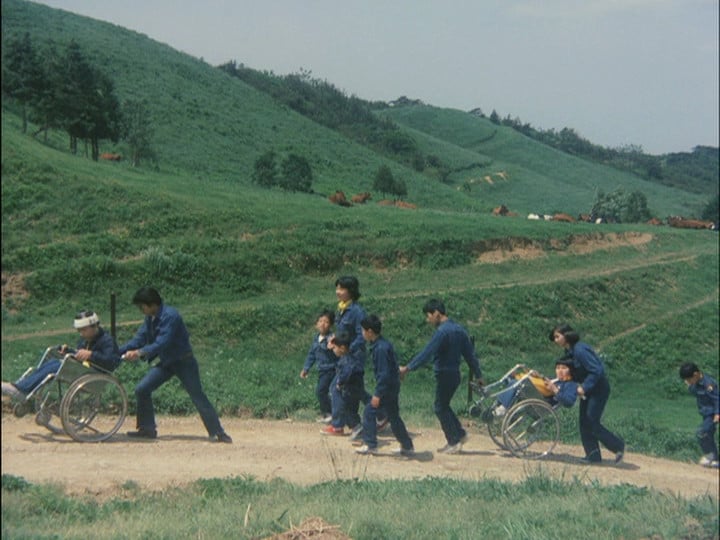
Unbeknownst to many, Mariko Miyagi had previously been a skilled actress and vocalist who had also authored screenplays, produced, and directed movies. She was also the founder and first director of Japan's first special needs school for challenged kids, Nemunoki Gakuen in Shizuoka prefecture. Miyagi started the school with her own funds. Through activities like painting, singing, tea ceremony, and dancing, Nemunoki gently encourages children and young adults with physical, mental, or familial issues to find and develop their skills. The Art Theater Guild of Japan premiered “The Silk Tree Ballad”, the first of a run of documentaries that were distributed theatrically and broadcast on television.
As shown in the film, the educational method is mostly, but not entirely, observational, and is based on a feeling of warmth and intimacy. In fact, most daily activities are glossed over in favour of emphasizing the children's individual and group experiences. Of course, the school has its challenging moments. However, this is a movie that stands out for its beauty, joy, and optimism, which are emphasized by the tranquil serenity of the soundtrack, made by the director herself, and the shimmering, sun-drenched photography.
What's most astonishing is that all seems inextricably linked to the fact that this is a political work that prioritizes the visibility of people who are frequently marginalized by society. “The Silk Tree Ballad”, in fact, depicts a story about mutual respect, love and care, through the representation of Nemunoki Gakuen's working environment and students. Watching the school's daily life, the audience can tell the director cares deeply for the subject, because of the film's unusually tender and heartwarming tone.
5. The Great Happiness Space: Tale of a Osaka Love Thief (Jake Clennell, 2006)

Jake Clennell directed and produced the 2006 documentary “The Great Happiness Space: Tale of an Osaka Love Thief”, which explores the lives of those connected to “host clubs”, as they are known in Japan. A host club is precisely what? First and foremost, its host's main responsibility is to sell dreams to lonely women. Through firsthand interactions with the clubs and the patrons, this documentary will offer cold-eye knowledge about “love that sells”.
The documentary concentrates on the mutually beneficial interactions between boy-toy hosts and freely spending patrons at Café Rakkyo, allegedly the most well-known establishment of its sort in Osaka, Japan. Issei, the talkative owner of the club, is head of a team of well-groomed, smooth-talking hosts whose main activity is to offer “sweet conversation” to entranced women who frequently are prepared to spend tens of thousands of dollars on champagne purchases in order to financially worship their favorites. Through interviews with the hosts, the owner and the clients, we learn more about the people behind this new “love economy” and what led them to be involved with it.
What's interesting about this documentary is its thought-provoking nature. Although the nature of host clubs seems unethical or simply too weird, the viewer feels absorbed and sympathetic at times towards both the clients and hosts. That is because Clennell's project analyzes human emotions, dissatisfaction and delusions towards their own lives and the state of our contemporaneity. After all, host clubs were born due to the pressuring work life and general loneliness that characterize today's Japanese complex society. But the documentary doesn't explore societal aspects themselves but uses its protagonists as a message vehicle, transforming them into their own storytellers. “The Great Happiness Space” surely depicts an inspiring story that makes us question ourselves and what we consider our “great happiness space”.
Sometimes, we do not need fabricated stories about cultural icons to inspire us. We can better understand, and enjoy, the complexity of life and our society through the lenses of the people we share our daily lives with, like friends, family and colleagues. In what seems weird, unconventional or simply average, we could learn more about ourselves and those who surround us.



